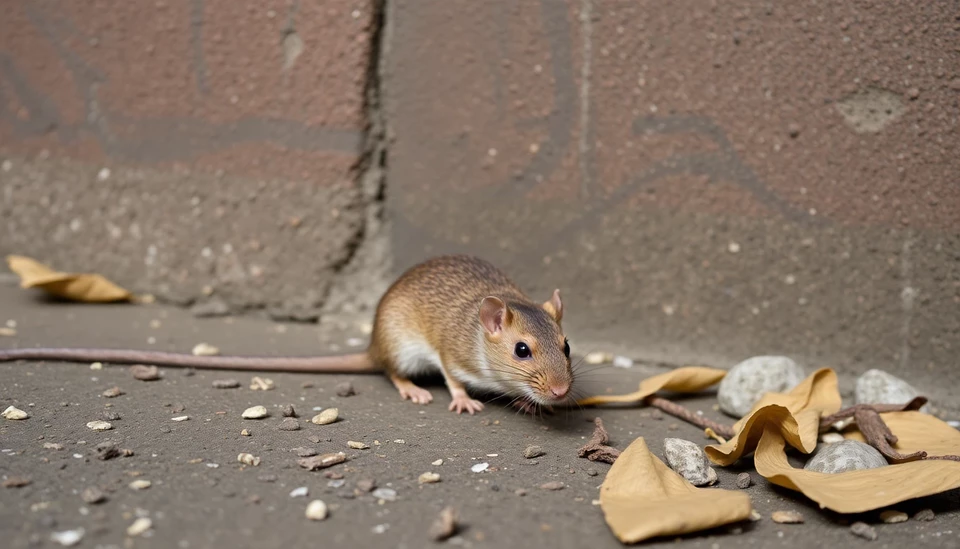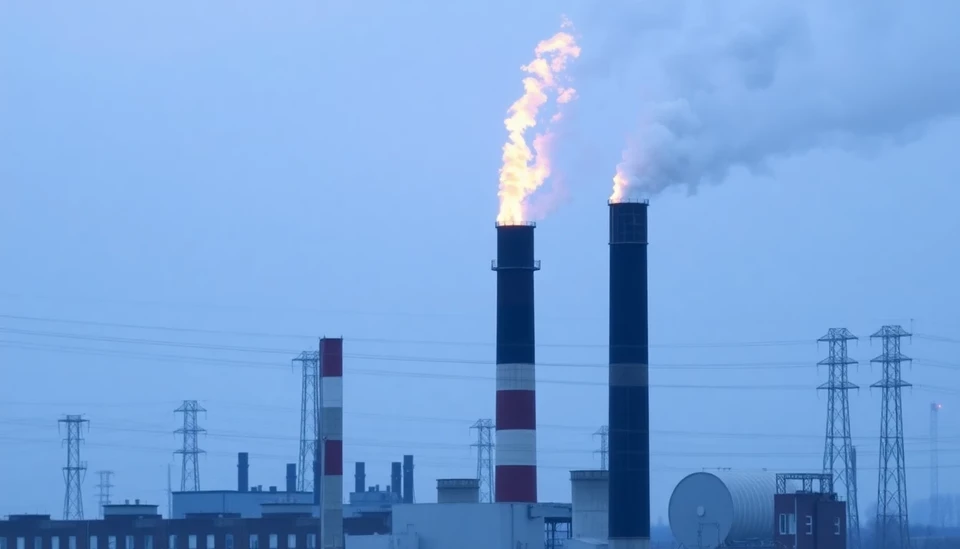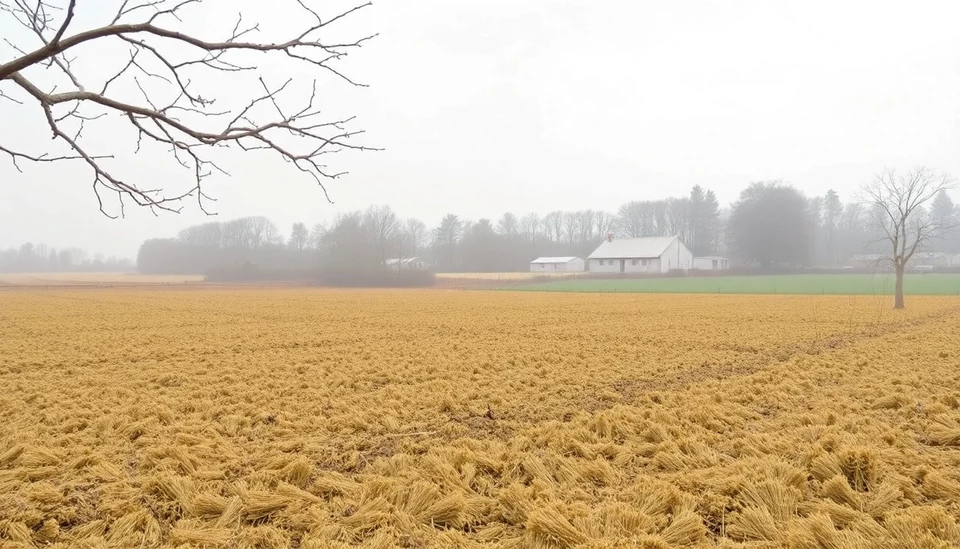
Climate change is proving to be a catalyst for a significant increase in urban rat populations across various cities, creating new challenges for public health and urban management. These rodents are not just adapting; they are thriving in cities that are changing due to rising temperatures, more frequent rainfall, and shifting weather patterns.
Experts have observed that warmer winters and more humid summers are creating ideal conditions for rats to reproduce and spread. Cities such as New York, Chicago, and Los Angeles have reported marked upticks in rat sightings, prompting city officials and pest control agencies to take urgent action to mitigate the problem. The connection between climate change and these populations is becoming clearer as urban environments shift, making it easier for rats to find food, shelter, and optimal breeding conditions.
Temperature increases facilitate a longer breeding season for rats, allowing them to reproduce more frequently. In their prime environment, an average female rat can produce up to 12 pups every three weeks, rapidly exacerbating the issue of overpopulation. As the climate continues to change, urban planners and public health officials are facing increased pressure to come up with effective strategies to control these burgeoning populations.
In June 2022, the City of New York reported a 40% increase in rat sightings. This troubling figure coincides with findings from pest control companies which have noted an urgent need for enhanced rodent management programs across the city. Chicago, facing similar constraints, is investing in advanced pest control measures, including the installation of bait stations and updating sewer systems to reduce food sources for rats.
Another factor driving this urban rat boom is increased food waste. As restaurants and grocery stores adapt their services and behaviors, leftover food often ends up on the streets and becomes a feast for these rodents. Cities that experience an uptick in outdoor dining, due to public health measures during the pandemic, have seen these waste issues increase dramatically, making the environment even more hospitable for rats.
Public health experts warn that the surge in rat populations is not just a nuisance; it poses serious health risks. Rats are known carriers of several diseases, including leptospirosis, hantavirus, and salmonella. The presence of these rodents in urban environments can lead to outbreaks that pose serious risks to residents and public health systems, further complicating an already strained infrastructure.
Cities are looking towards comprehensive rodent management strategies that involve not just extermination but also community education and urban planning to mitigate food and shelter availability for rats. Approaches such as promoting better waste disposal practices and encouraging the use of rodent-resistant containers are being implemented in some jurisdictions.
While controlling rat populations remains a daunting challenge, the linkage between climate change and urban pestilence cannot be ignored. As climate shifts continue, urban areas worldwide must grapple with this increasingly pressing issue, balancing pest control with public health measures to create a safer living environment for all citizens.
As cities adapt to climate change, so too must their strategies for managing the unwanted side effects—like the urban rat boom—be effective and innovative, forming part of a larger conversation about sustainable urban living and public health resilience.
#ClimateChange #UrbanRats #PublicHealth #PestManagement #UrbanLiving #SustainableCities
Author: Peter Collins




